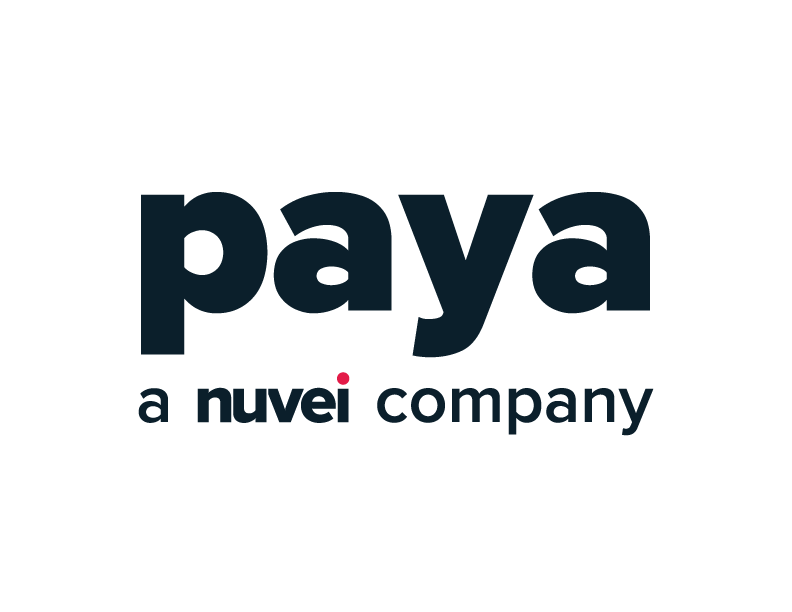
What to Consider When Evaluating Your Options
Without integrated payments, it’s hard to do business these days. Consumers expect it, and now business buyers do too. That’s why integrated payments are firmly established as a feature of many vertical software applications, and the number of providers to choose from is seemingly endless.
When it comes to choosing the right provider for your software application, it’s important to understand your options and avoid implementing a solution that causes more headaches than it eliminates.
The ideal integrated payments solution should be a market-competitive payment experience that:
• Aligns with specific vertical needs
• Enables software providers to differentiate their products
• Adds value for end-user customers
• Can easily scale as your business grows
There are multiple factors to consider, of course, but the first decision is whether you want a self-service or full-service payments provider. Each option has its pros and cons, and it’s important to understand the differences.
Let’s examine these two models, including a few key factors that can help you identify the right choice for your business.
What are self-service integrated payments?
Self-service payment integrations offer a fully autonomous, ‘low-touch’ technology experience. A software provider’s developer team can complete payments integrations through a development portal using a payment API.
What are the pros and cons of a self-service payment APIs?
The main appeal of self-service payment APIs are speed and flexibility. Software providers get access to developer libraries and SDKs for fast integration, along with the flexibility and freedom to work on their own timelines, with no requirement for a payment provider to review and certify their integration.
Providers also enjoy high integrated payments adoption rates by delivering a frictionless merchant onboarding experience that today’s software users expect.
But integrating payments without expert guidance can also have its disadvantages. From solutions engineering to partner support, software companies are largely on their own with the self-service model.
This includes defining requirements without counsel from a payments expert, which can – and often does – leave critical gaps in feature functionality. These holes can undermine success by failing to achieve competitive parity or by overlooking important differentiators that can power growth.
Ongoing support is typically limited to self-service documentation, a knowledge base or a ticketing system/email-only, leaving software providers without any human-touch to address additional needs.
Many payment partners offer additional business-boosting services, but by choosing self-service, you won’t have access to benefits such as a dedicated partner to help you fully monetize your payment processing, or sales and marketing support to fuel growth and profitability.
This model traditionally includes flat-rate pricing, which means that merchants know exactly what it will cost to accept digital payments – even as they grow. While this is ideal for small merchants and in marketplace environments (like Uber or Etsy) the pricing model prohibits larger merchants (with negotiating power) from using your software solution.
One of the most significant downside of the self-service model is that software clients who encounter payment issues will have very limited customer service options – primarily self-service portals or email. This creates dependencies on software providers to become payment experts and perform payments-related customer service functions to help mitigate client dissatisfaction.
What are the pros and cons of a full-service payments provider?
When you choose a full-service provider, you enter into a strategic alliance where both businesses are working together toward a common goal. This partnership typically includes a dedicated team of subject matter experts—from an executive sponsor to account managers, marketers, sales professionals and solution engineers—who have a vested interest in your success.
Whether they’re creating custom solutions, untangling complex business challenges, or monetizing your payments program, this team shares your goals. Together, you can track your progress and make critical decisions along the way.
For software providers, the advantages of full-service solutions start with ensuring the payment architecture is optimally designed to meet your needs. Domain experts who understand the deeper program strategies required for specialty verticals, including the feature functionality needed to be competitive in today’s market set the course. Other team members will offer strategic oversight and support your integration and ongoing needs, including marketing, operations, customer service, and more.
Some providers offer frictionless onboarding as a value-added service. Designed to provide an instantaneous acceptance experience, with just a handful of required inputs for merchant onboarding, your software clients can accept payments in near-real-time, providing an excellent customer experience.
Sales and marketing support from expert partners is another major benefit of a full-service solution. Payments experts who know what captures market share and how to drive adoption offer marketing programs that are easy to implement and customize; and they provide benchmarks to help measure success.
A full-service partner may also provide marketing development funds that support your go-to-market launch strategy and throughout the lifetime of the partnership.
Full-service providers also go beyond one-size-fits-all pricing templates which allow software providers the flexibility to capture up-market software clients with custom pricing options. Merchants benefit from volume-or transaction-based pricing, leading to better economics.
When considering the disadvantages of a full-service provider, the primary concern is speed to market. It’s true that a full-service implementation is generally not as fast as a self-service approach can be since it is thorough, but the trade-off is worth it for many software providers. From the partner onboarding processes to customizable agreements, merchant pricing and more, full-service programs are a better long-term fit for many.
For your software clients, a full-service payments solution offers access to high quality customer support across a variety of channels (email, phone, self-service) at no additional cost.
Choosing a payments partner for today’s needs and tomorrow’s opportunities
The reality is that many software providers want the speed and flexibility of self-service payment APIs—at least initially, when there’s immense pressure to market quickly.
But when sustained growth becomes the focus, many providers outgrow their self-service solution. By keeping your company’s future goals in sight from the beginning and selecting a true payments partner who can deliver the advantages each model provides, software providers can avoid a second payments integration.
The ideal payments integration: full-service that’s fast and frictionless
With Paya, software providers get a full-service payments partner without sacrificing the main advantages of self-service APIs. Yes, you can connect quickly via API. Yes, you can deliver a modern, frictionless merchant onboarding experience, and so much more.
At Paya, we have 25 years of experience that you can count on as your business scales. We believe in creating partnerships that support software providers at all phases of business maturity, from startup to market leadership.
From developer resources and support that allow for integrations to be completed in hours (not months), frictionless onboarding and white label capabilities, to comprehensive support and strategy to fully monetize payments, Paya is where sophisticated APIs and payment technology intersect with expertise to drive growth and profitability without requiring software providers to become payment experts.
Talk with Paya’s payments experts
Let’s talk about how you define success, and how we can help you achieve it by providing the full-service, frictionless experience you want, when you want it.
